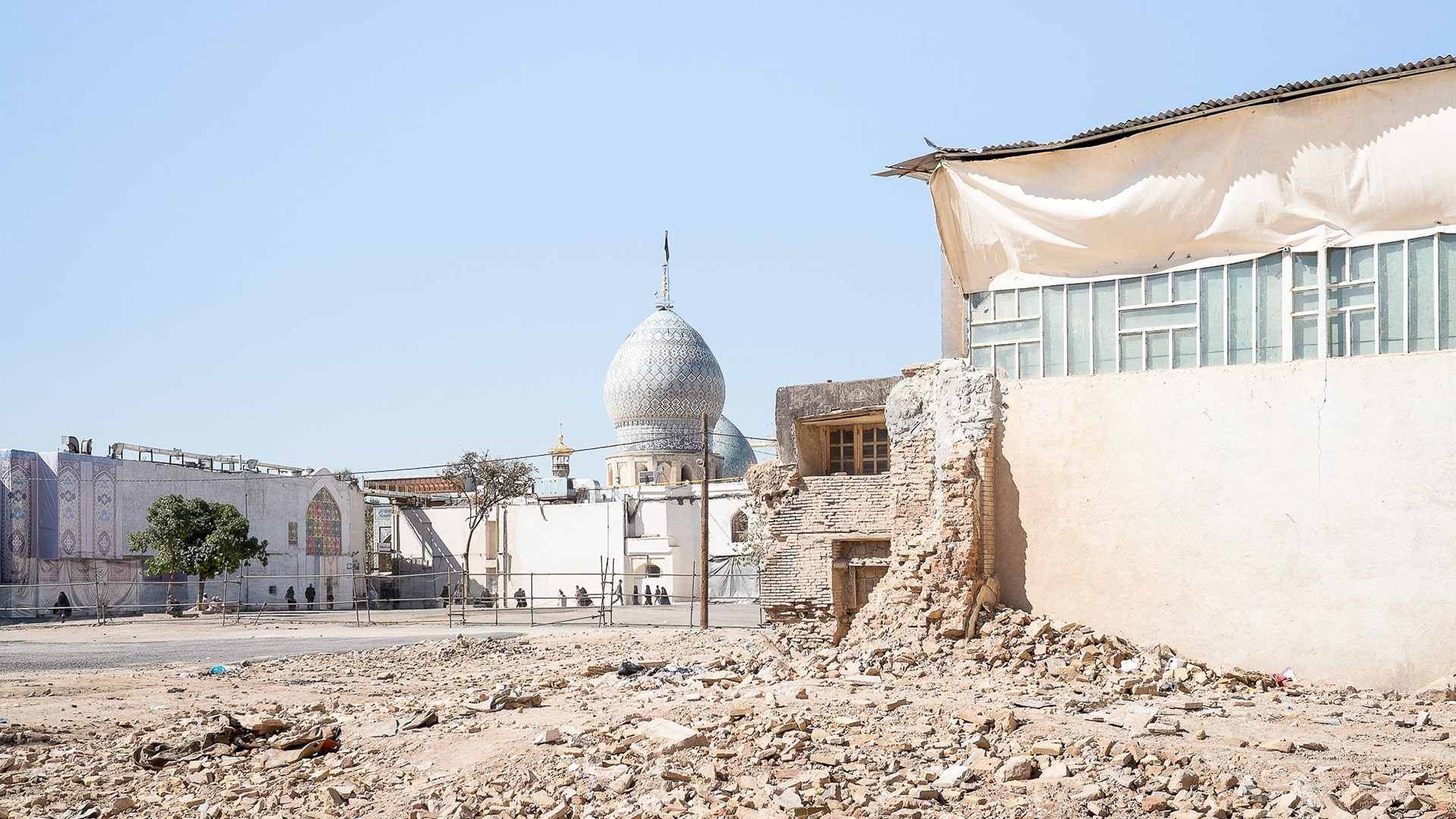With his project Viaje a Persia, the Spanish photographer follows the footsteps of Garcia de Silva, one of the first European explorers to discover Iran in the 17th century. Fascinated by his writings, Manolo Espaliu attempts to rediscover the timeless landscapes described by the author in a vast photographic quest. Interview with the photographer.

You’re getting blind.
Don’t miss the best of visual arts. Subscribe for $9 per month or $108 $90 per year.
Already suscribed ?


